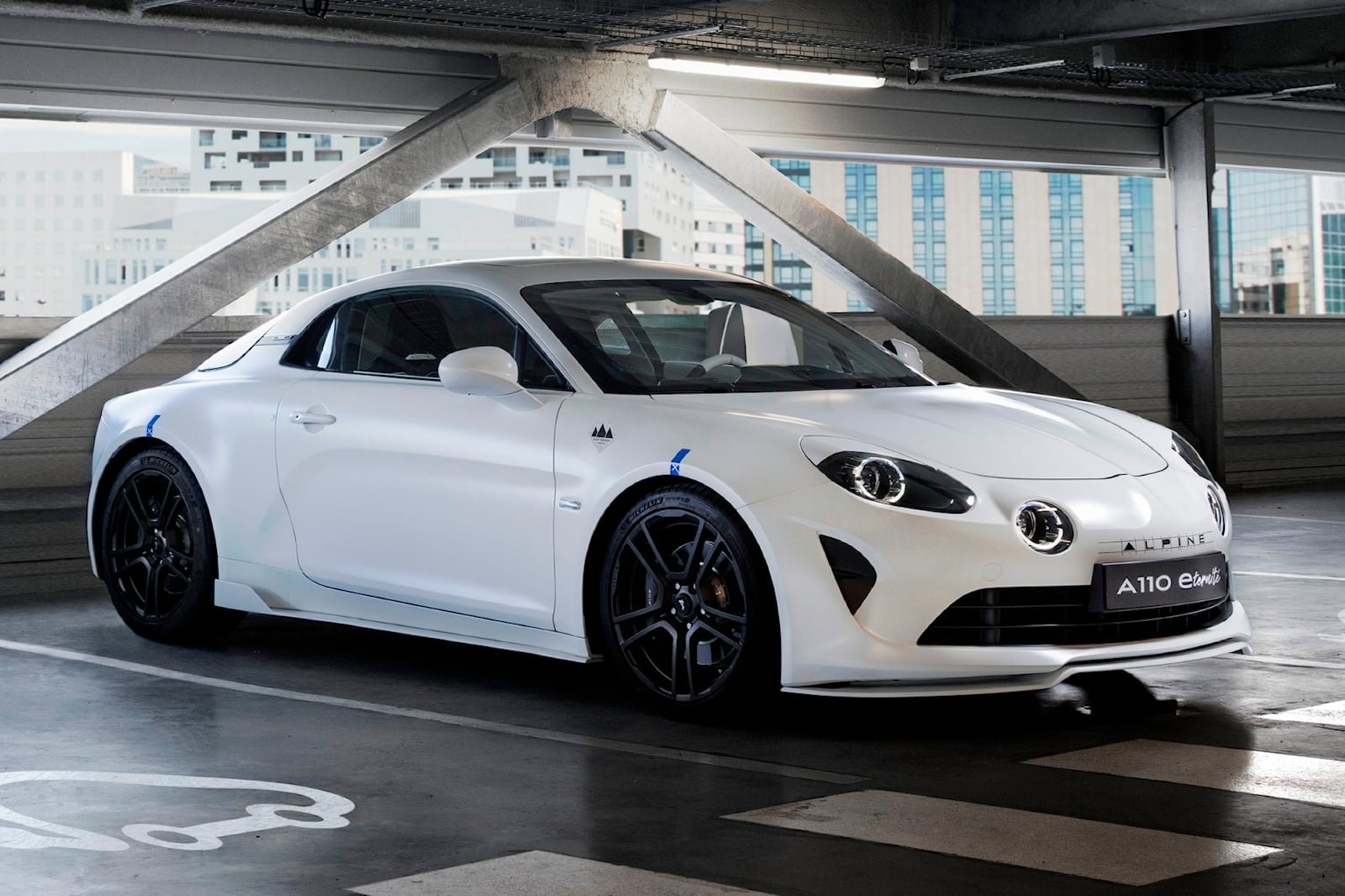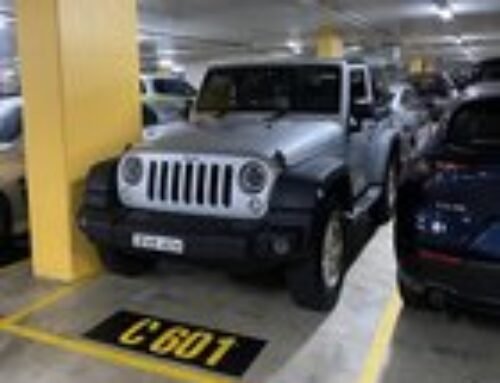The A110 E-ternite is our first look at a lightweight sports car future involving Lotus.
Luca de Meo was named Renault’s CEO in July 2020. One of the first announcements he made shortly after entering the building was this: “I want to electrify Alpine to preserve its name for all eternity.”
Instead of chucking him out of the building for muttering such heresy, Laurent Rossi, the CEO of Alpine, was inspired. It took Rossi and his team less than a year to create the A110 E-ternite concept car, based on what is already one of Europe’s coolest lightweight performance machines in the regular A110.
The E-ternite remains a concept for now, but we know Alpine plans to go fully electric by 2024. For help, it teamed up with Lotus to work on the next generation of compact EV sports cars. That’s why the A110 E-ternite is such a big deal, as it also previews what could come from Lotus’ mainstream EV replacement for the Emira in a few years time.
 Alpine
Alpine
 Alpine
Alpine
 Alpine
Alpine
 Alpine
Alpine
Alpine jumped the gun a bit, most likely to drum up some support for an electric A110 before it pulls the plug on the 1.8-liter turbocharged four-cylinder engine.
To make the E-ternite, Alpine looked around the Renault parts bin. It borrowed the battery modules from the Megane E-Tech EV. To accommodate 12 battery modules, Alpine had to compromise on the ICE car’s mid-engine layout. The EV has four modules under the hood and eight in the rear. The weight distribution on the EV is 42/58 front/rear, which is actually better than the ICE car’s 43/57, but crucially retains a mid-engine-like balance.
The curb weight gives us hope that Lotus’ first EV will be as good as the new Emira.
 Alpine
Alpine
 Alpine
Alpine


Alpine’s BEV A110 weighs just 570 pounds more than the ICE car and tips the scales at a scant 3,038 lbs overall,2 lbs lighter than the Porsche 718 Cayman. The Emira weighs 3,097 lbs.
Alpine also did something unique in the EV segment. The standard Renault motor is connected to a two-speed dual-clutch transmission, so it wouldn’t have to compromise acceleration or top speed. It has one gear for brisk acceleration and another for a high top end. The Porsche Taycan has a similar setup connected to its rear motor.
Alpine claims a 0-62 mph time of 4.5 seconds, which is 0.3 seconds slower than the quickest ICE model. The top speed is 155 mph – only a little less than the gas equivalent. The range is claimed to be 262.5 miles, which is perfect for this kind of car. Plug it out of the house, and go for a quick run in the canyons.
Alpine also took this opportunity to give customers a preview of what an open-top A110 might look like. It’s more of an oversized sunroof that you can close with two roof shells injected with recycled carbon. The French brand also managed to use the existing interior and touchscreen interface. It’s connected to an eight-speaker sound system.
The E-ternite is a fantastic concept because it proves there is a way forward for lightweight manufacturers like Alpine and Lotus. Their all-new dedicated EV platform is expected to be ready in 2025. If Alpine can do this with an ICE platform, imagine what it can do with a sports car designed to be electric from the start…
 Alpine
Alpine
 Alpine
Alpine





